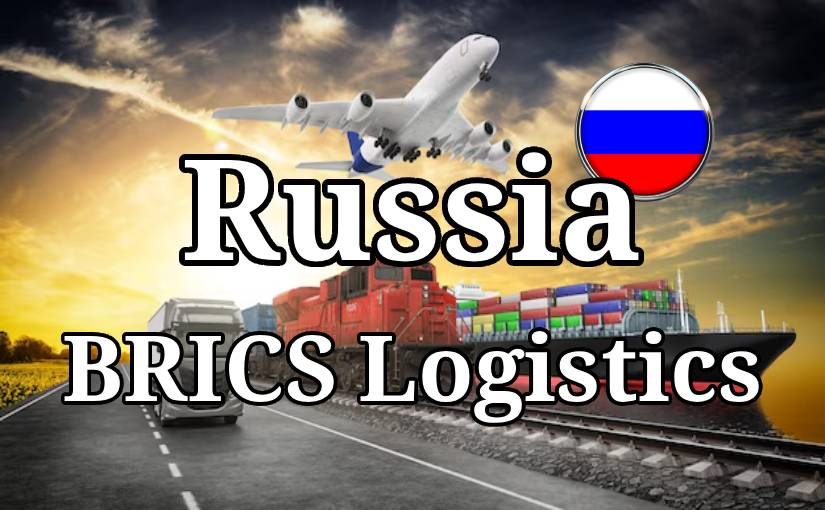Logistics Routes from Russia to BRICS Markets (Sea, Rail & Land)
Russia BRICS logistics
The Power of Russia BRICS Logistics
In global trade, logistics is the invisible force that connects producers and consumers. The growing partnership between Russia and BRICS countries — Brazil, India, China, and South Africa — relies heavily on efficient logistics routes. These corridors allow seamless movement of grains, oil, fertilizers, and other key products across continents.
With its unique geographic position, Russia serves as a crucial bridge between Europe, Asia, and Africa. Through the BRICS Trading Hub managed by GreenRusnk, exporters and importers now enjoy a new level of transparency, trust, and performance in the world of Russia BRICS logistics.
1. Why Logistics Defines the Future of BRICS Trade
In the age of globalization, logistics defines success. Without efficient routes, even the most competitive products cannot reach the right markets on time. As a result, Russia BRICS logistics has become a strategic priority for governments and companies alike.
GreenRusnk understands that transportation is not just about movement — it’s about reliability, quality control, and cost efficiency. The company provides access to verified carriers, customs agents, and trade partners across BRICS countries, ensuring every shipment arrives safely and within schedule.
2. Sea Routes — Connecting Continents Efficiently
The maritime routes are the backbone of Russia BRICS logistics. Russia’s ports, such as Novorossiysk (Black Sea), Ust-Luga (Baltic), and Vladivostok (Far East), serve as vital gateways for agricultural and industrial exports. From these ports, Russian grains, sunflower oil, and fertilizers reach India, South Africa, and Brazil.
Moreover, sea shipping offers the most cost-effective option for bulk cargo. GreenRusnk works with trusted shipping companies and freight forwarders to optimize routes, reduce port delays, and ensure compliance with international maritime standards.
Through the BRICS Trading Hub, clients can track vessel schedules, get instant freight quotes, and manage export documentation online.
3. Rail Routes — The Backbone of Eurasian Connectivity
Russia’s railway system is one of the largest in the world and forms the heart of Russia BRICS logistics. The Trans-Siberian Railway and the Eurasian Economic Corridor link Russian producers directly to China, Kazakhstan, and further to India and the Middle East.
Rail transport offers faster delivery than sea and lower costs than air freight. It also provides a reliable year-round connection, unaffected by seasonal storms or port congestion. GreenRusnk collaborates with railway operators to secure containerized freight, refrigerated wagons, and fast customs clearance across Eurasian borders.
This integrated service allows importers to plan deliveries with confidence and minimize logistical risks.
4. Land Routes — The Hidden Strength of Regional Trade
Beyond ports and railways, road transportation plays a key role in Russia BRICS logistics. Modern highways connect Russia with neighboring states such as Kazakhstan, Belarus, and Mongolia, serving as secondary arteries to BRICS-associated regions.
These land routes are essential for short-haul deliveries and multi-modal shipments that combine road, rail, and sea transportation. Through GreenRusnk’s logistics network, importers gain access to certified trucking companies offering GPS-tracked transport, safe handling, and cargo insurance.
As a result, door-to-door delivery becomes possible for even remote BRICS destinations.
5. Air Freight — When Speed Matters
While less common for agriculture, air cargo remains vital for high-value and time-sensitive products. Russia’s major airports, such as Moscow Sheremetyevo and Saint Petersburg Pulkovo, provide international connections to BRICS countries.
GreenRusnk partners with leading freight agents to handle customs documentation, temperature-sensitive cargo, and express shipments for importers requiring immediate delivery.
Furthermore, hybrid models combining air and land transport are now used to move small agro-samples, premium oils, and test shipments across the BRICS region.
6. The Role of GreenRusnk in Russia BRICS Logistics
GreenRusnk plays a central role in simplifying trade logistics between Russia and BRICS nations. Through its BRICS Trading Hub, the company provides importers and exporters with verified transportation partners, customs advisory, and real-time shipment tracking.
Moreover, GreenRusnk assists clients in optimizing costs by analyzing routes, freight rates, and seasonal price fluctuations. This data-driven approach helps reduce risks and improve delivery efficiency.
- Verified logistics partners (sea, rail, and land)
- Customs and documentation guidance
- Insurance and inspection support
- 24/7 communication and shipment tracking
As a result, GreenRusnk clients benefit from a secure, efficient, and transparent logistics system.
7. Future Trends in Russia BRICS Logistics
The future of Russia BRICS logistics lies in technology, sustainability, and cooperation. Artificial intelligence, blockchain, and smart tracking will soon become standard tools for managing international cargo flows.
In addition, BRICS countries are investing in green corridors that reduce carbon emissions and use renewable energy for transport and port operations. Russia is already upgrading its rail and port facilities to meet these global sustainability standards.
GreenRusnk actively participates in these innovations by integrating eco-friendly transport solutions and digital monitoring systems across its logistics chain.
8. Logistics as the Engine of BRICS Growth
Effective logistics is not just a service — it’s the engine of global trade. As BRICS nations strengthen their partnerships, the role of Russia BRICS logistics becomes increasingly critical for food security, industrial cooperation, and market expansion.
Through the BRICS Trading Hub, GreenRusnk continues to connect reliable exporters, importers, and logistics companies to ensure faster, safer, and more transparent trade between Russia and BRICS countries.
In short, Russia’s logistics infrastructure — empowered by GreenRusnk — forms the backbone of tomorrow’s BRICS trade success.

